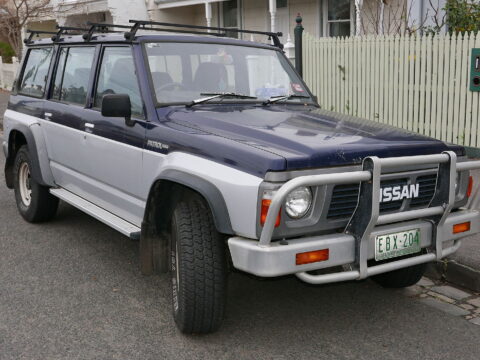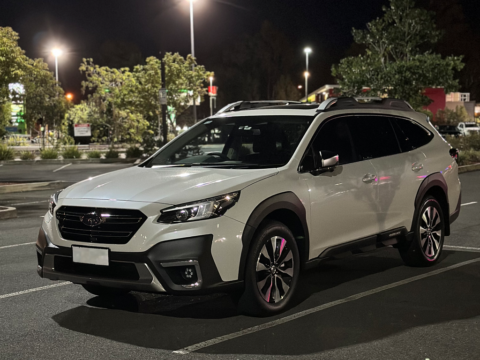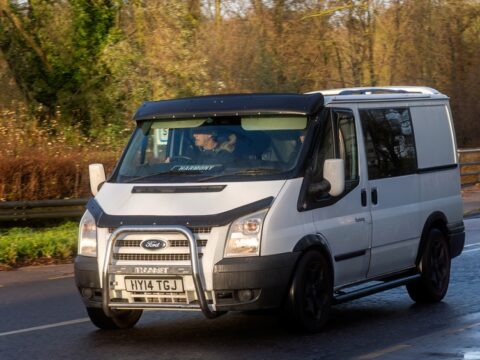The Chevrolet Chevelle is an iconic American muscle car, but not all models have been well-received. Some versions, due to design flaws or performance issues, have failed to win the hearts of car enthusiasts. Here are some vintage Chevelle models that no one likes.
Contents
1964 Chevelle 300
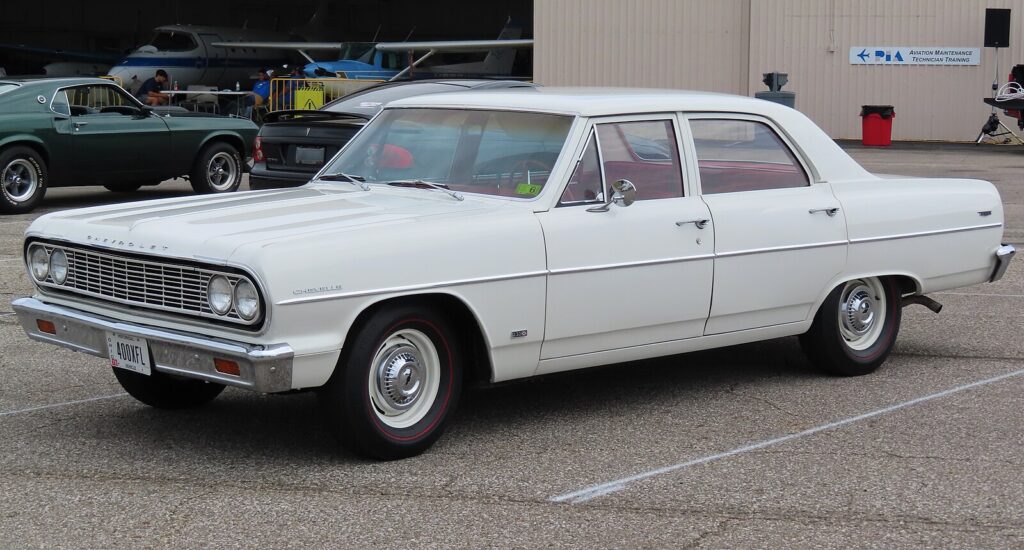
The 1964 Chevelle 300 was the base model in the Chevelle lineup and lacked the performance and features that enthusiasts desired. It was equipped with a 194 cubic inch inline-six engine producing just 120 horsepower, which was insufficient compared to the V8 options available in higher trims. The design was plain and utilitarian, lacking the sporty appeal of later models. Its basic interior and lack of advanced features made it less desirable among car enthusiasts.
1965 Chevelle 300
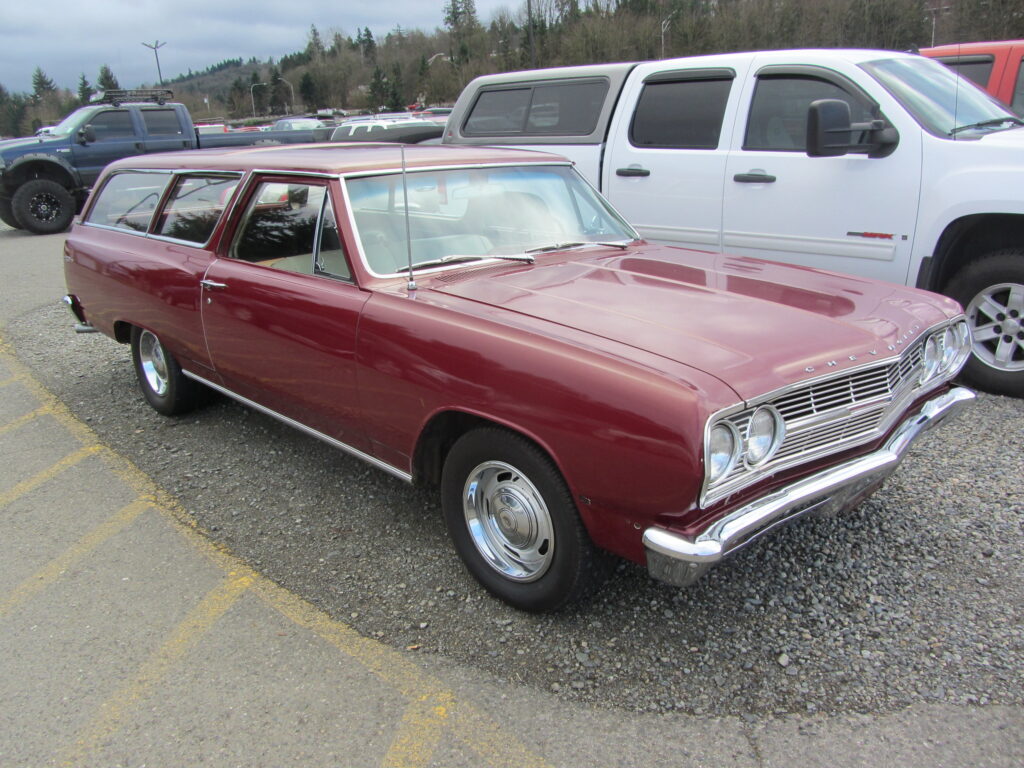
The 1965 Chevelle 300 continued to be the entry-level model with minimal improvements over the previous year. It still featured the same underpowered inline-six engine and basic trim. While the Chevelle lineup was gaining popularity, the 300 model was often overlooked due to its lack of performance and minimalistic design. Collectors and enthusiasts tend to favor the higher trim models from this year, leaving the 300 as a less desirable option.
1966 Chevelle 300
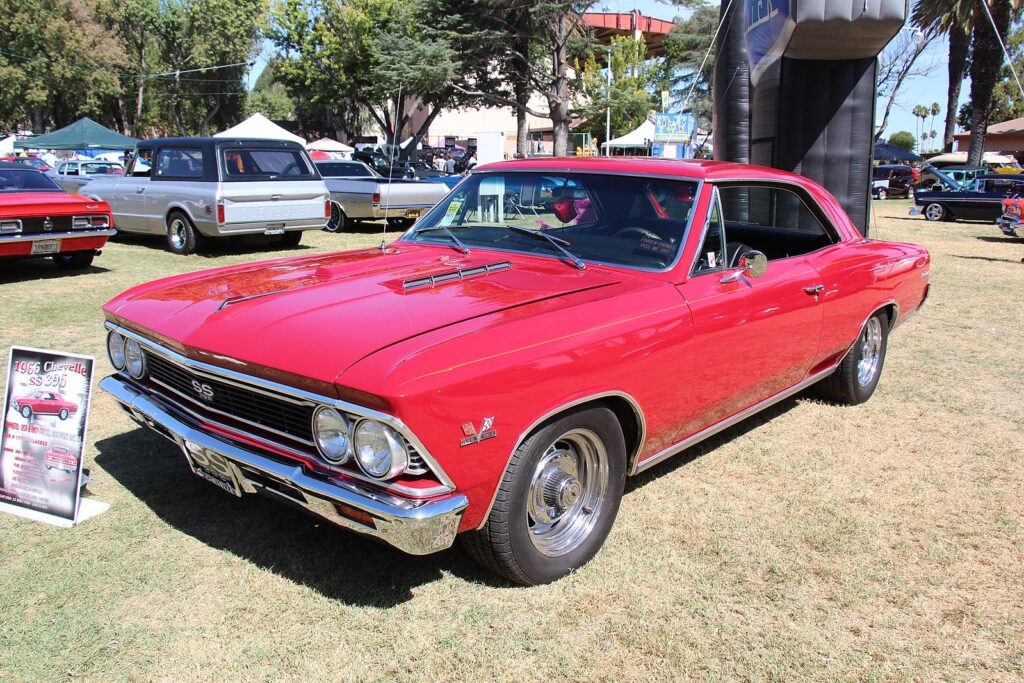
The 1966 Chevelle 300 remained largely unchanged from the previous models, still offering the basic inline-six engine and a no-frills interior. Despite the introduction of more powerful engines in the Chevelle lineup, the 300 model did not benefit from these advancements. Its plain appearance and lack of power made it an unattractive choice for those seeking a more exciting and visually appealing car.
1967 Chevelle 300

By 1967, the Chevelle lineup was known for its performance models, but the Chevelle 300 lagged behind. It continued to feature the standard inline-six engine with minimal power and basic features. The exterior design was not as refined as the higher-end models, and the interior lacked the comfort and style that buyers were looking for. As a result, the 1967 Chevelle 300 is often overlooked by collectors and enthusiasts.
1968 Chevelle 300
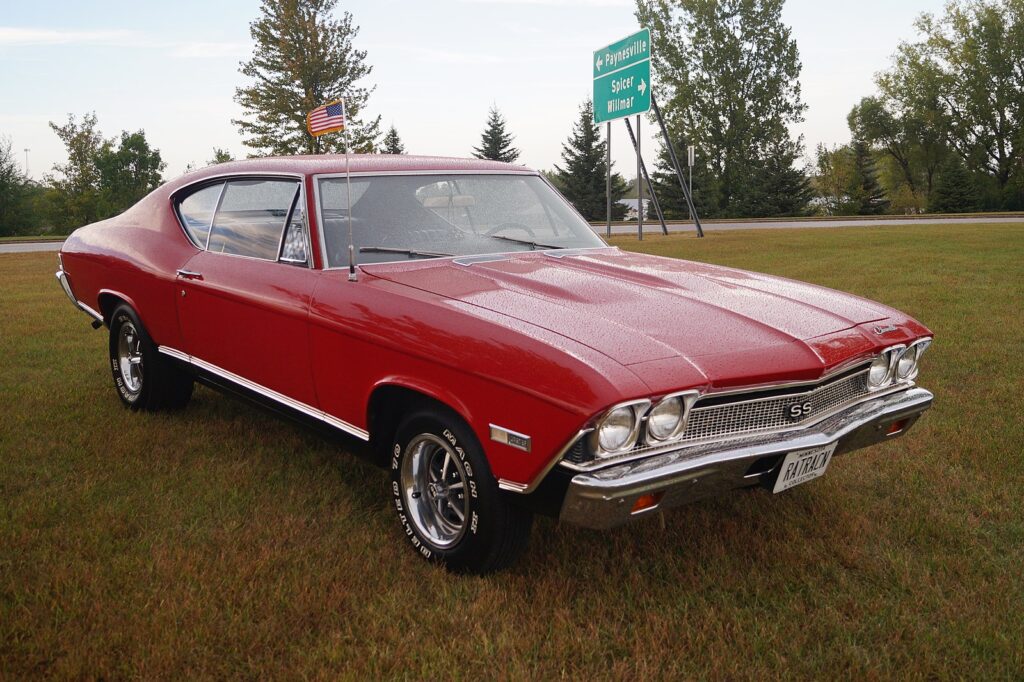
The 1968 Chevelle 300 saw a redesign for the Chevelle lineup, but the base model still lacked appeal. It came with the same 230 cubic inch inline-six engine, producing 140 horsepower, which was not enough to excite car enthusiasts. The design changes did little to enhance its visual appeal, and it remained a basic, utilitarian vehicle. This model year is not favored among those looking for classic Chevelles with performance and style.
1969 Chevelle 300
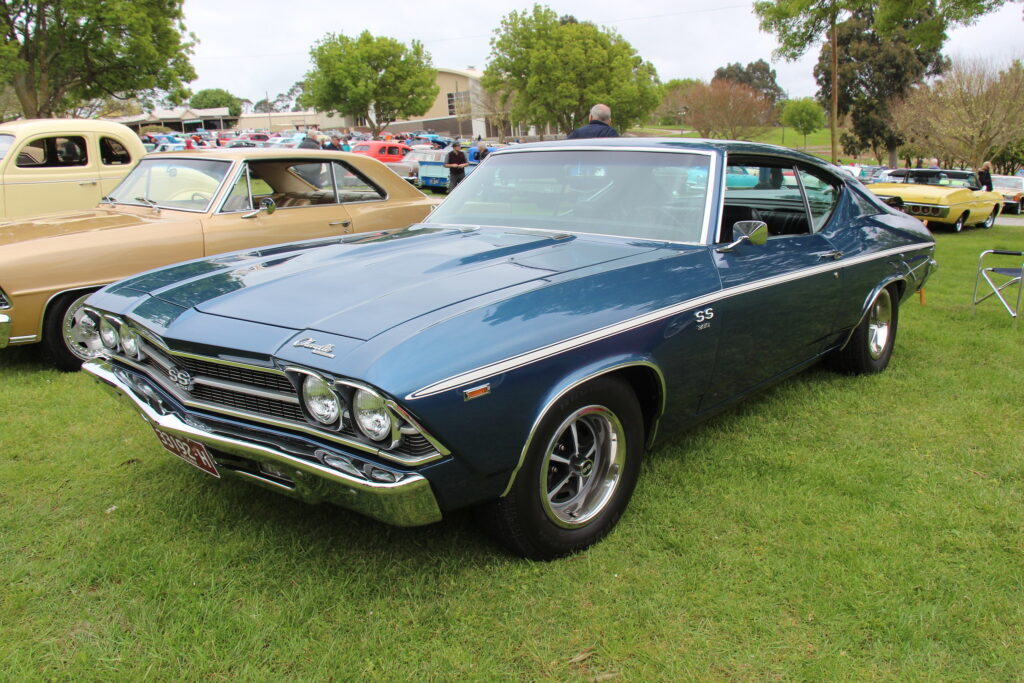
The 1969 Chevelle 300 was overshadowed by the more popular and powerful SS models. The 300 continued to offer a standard inline-six engine, which was inadequate compared to the V8 options available in the higher trims. The exterior design was less aggressive, and the interior remained basic. As a result, the 1969 Chevelle 300 is not a sought-after model among vintage car collectors.
1970 Chevelle 300

The 1970 Chevelle 300 was overshadowed by the introduction of the iconic SS 454 model. The 300 model continued to offer an underpowered inline-six engine, which was not appealing to those looking for performance. Its basic design and lack of advanced features made it an unattractive option compared to the more powerful and stylish models in the Chevelle lineup.
1971 Chevelle 300
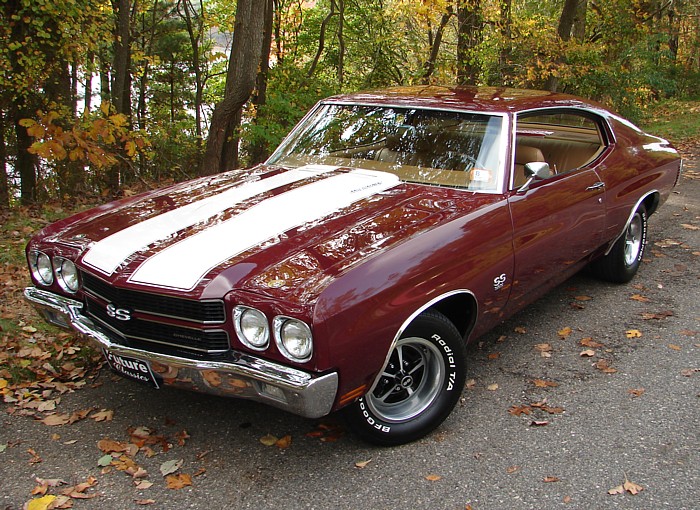
By 1971, the Chevelle 300 had become a model primarily used for fleet and commercial purposes. It featured the same basic inline-six engine and minimal interior features. The exterior design was plain and lacked the sporty appeal of other Chevelle models. As a result, the 1971 Chevelle 300 is not favored by collectors or enthusiasts who seek more performance-oriented and visually appealing vehicles.
1972 Chevelle 300
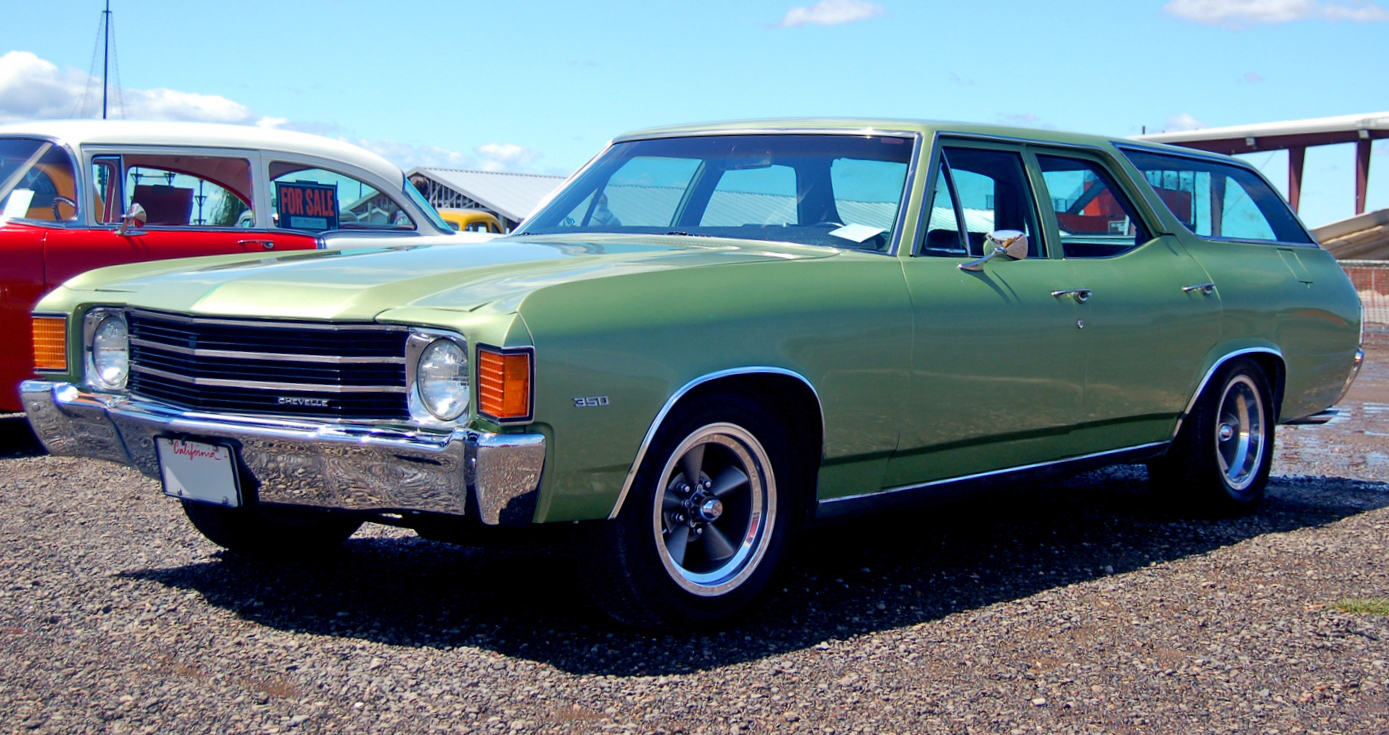
The 1972 Chevelle 300 continued to be a basic, no-frills model with minimal improvements. It offered the same inline-six engine and lacked the performance and style of the higher-end Chevelles. The design remained plain, and the interior was basic and utilitarian. This model year is often overlooked by those looking for classic Chevelles with more power and visual appeal.
1972 Chevelle Concours Estate Wagon
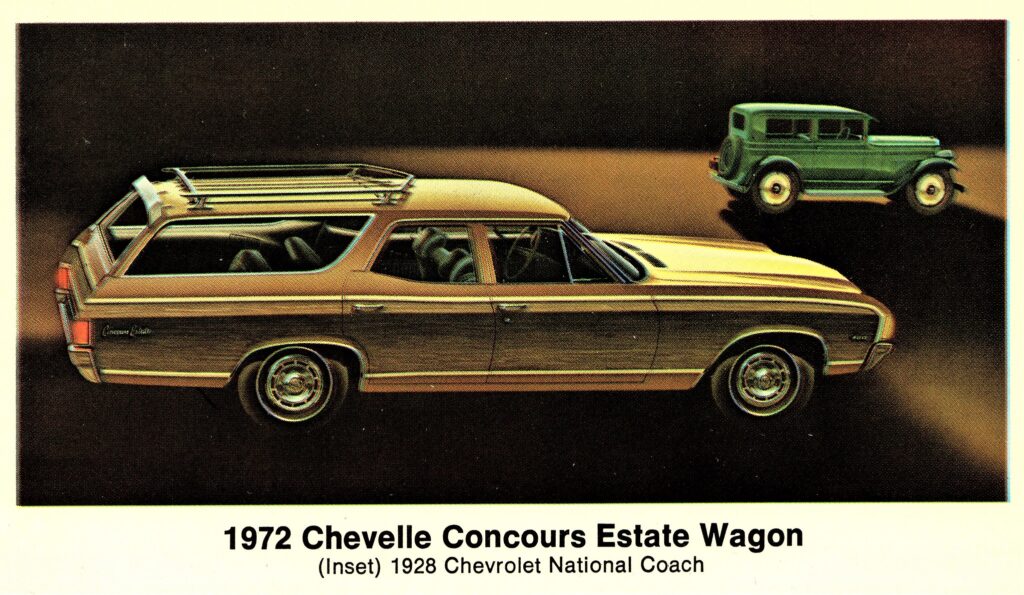
The 1972 Chevelle Concours Estate Wagon was a station wagon variant of the Chevelle aimed at families. While it offered ample cargo space and a more luxurious interior, it was powered by a modest 307 cubic inch V8 engine producing 130 horsepower. The wagon’s design was utilitarian and lacked the sporty appeal of other Chevelle models. Its focus on practicality over performance made it less desirable among classic car collectors and enthusiasts who favored more powerful and stylish Chevelles.
1973 Chevelle Deluxe
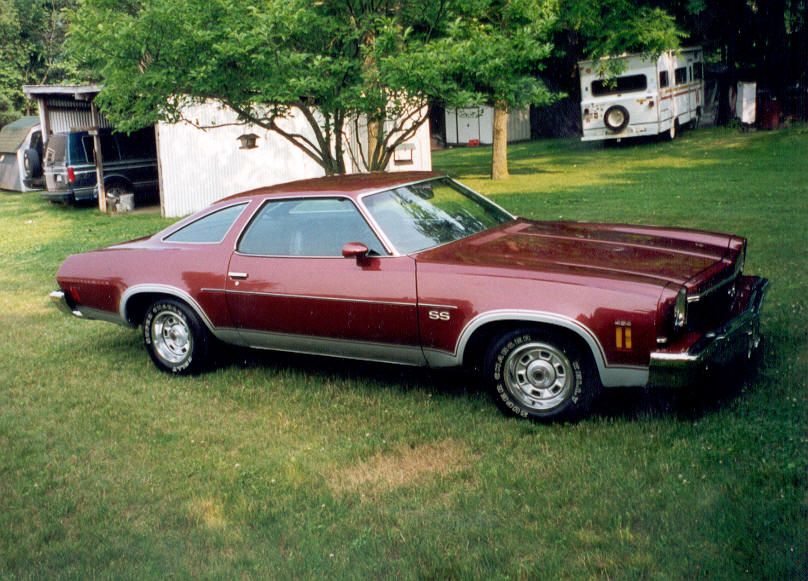
The 1973 Chevelle Deluxe was a step up from the base 300 model but still fell short in terms of performance and design. It featured a 307 cubic inch V8 engine producing 115 horsepower, which was underwhelming compared to other models. The exterior design was less aggressive, and the interior lacked the refinement and comfort of higher trims. The 1973 Chevelle Deluxe is not a popular choice among collectors.
1974 Chevelle Malibu Classic
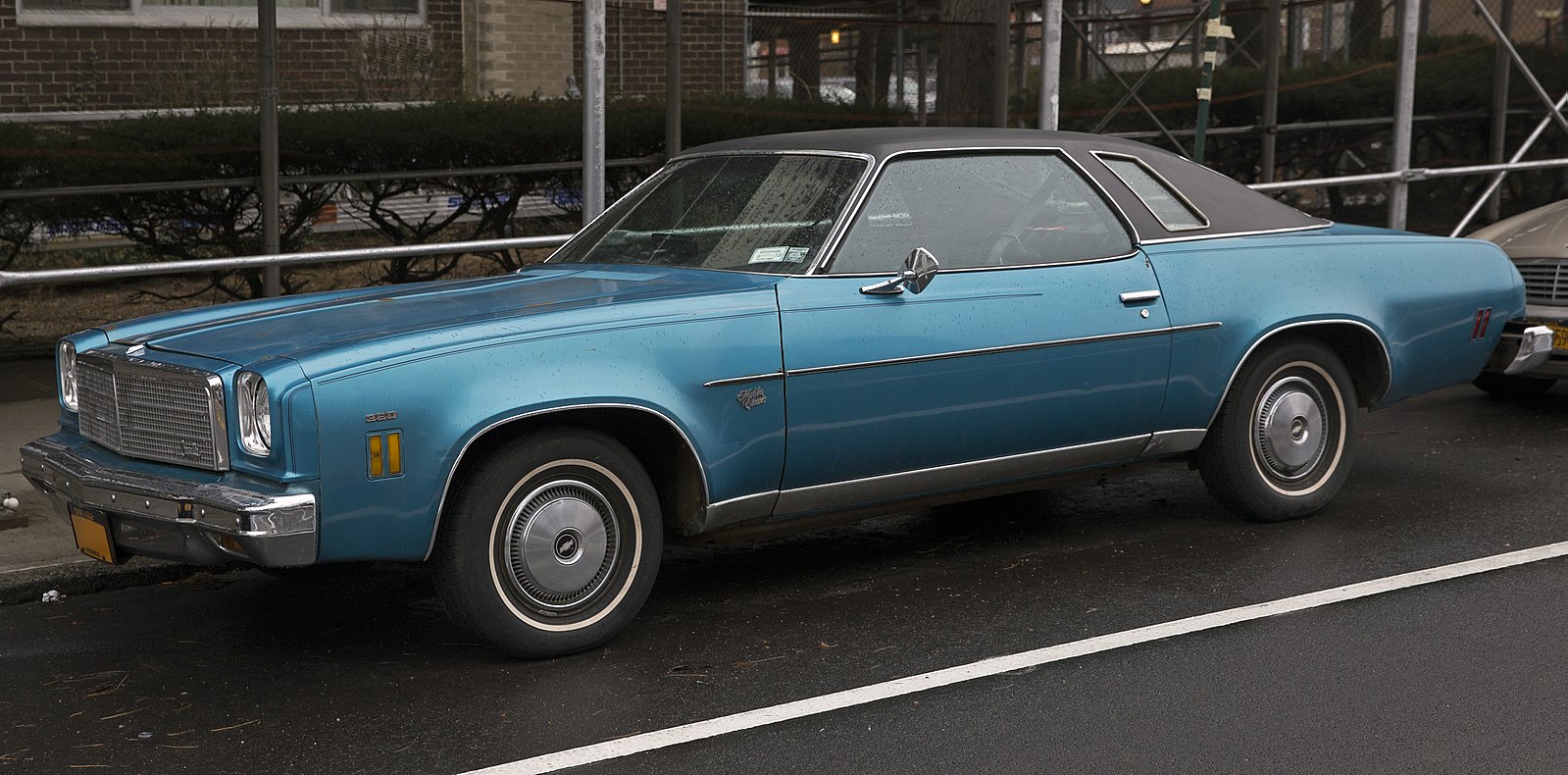
The 1974 Chevelle Malibu Classic aimed to offer more luxury features but failed to impress in terms of performance. It came with a standard 250 cubic inch inline-six engine producing 100 horsepower, which was inadequate for a car of its size. The design was more focused on comfort, with a plush interior, but it lacked the sporty appeal of earlier Chevelles. This model year is not highly regarded by enthusiasts.
1975 Chevelle Malibu Classic

The 1975 Chevelle Malibu Classic continued to prioritize comfort over performance. It offered a 350 cubic inch V8 engine producing 145 horsepower, which was underpowered compared to other muscle cars of the era. The design was more conservative, with a focus on luxury features rather than sporty aesthetics. As a result, this model year is not highly sought after by collectors.
1976 Chevelle Malibu Classic
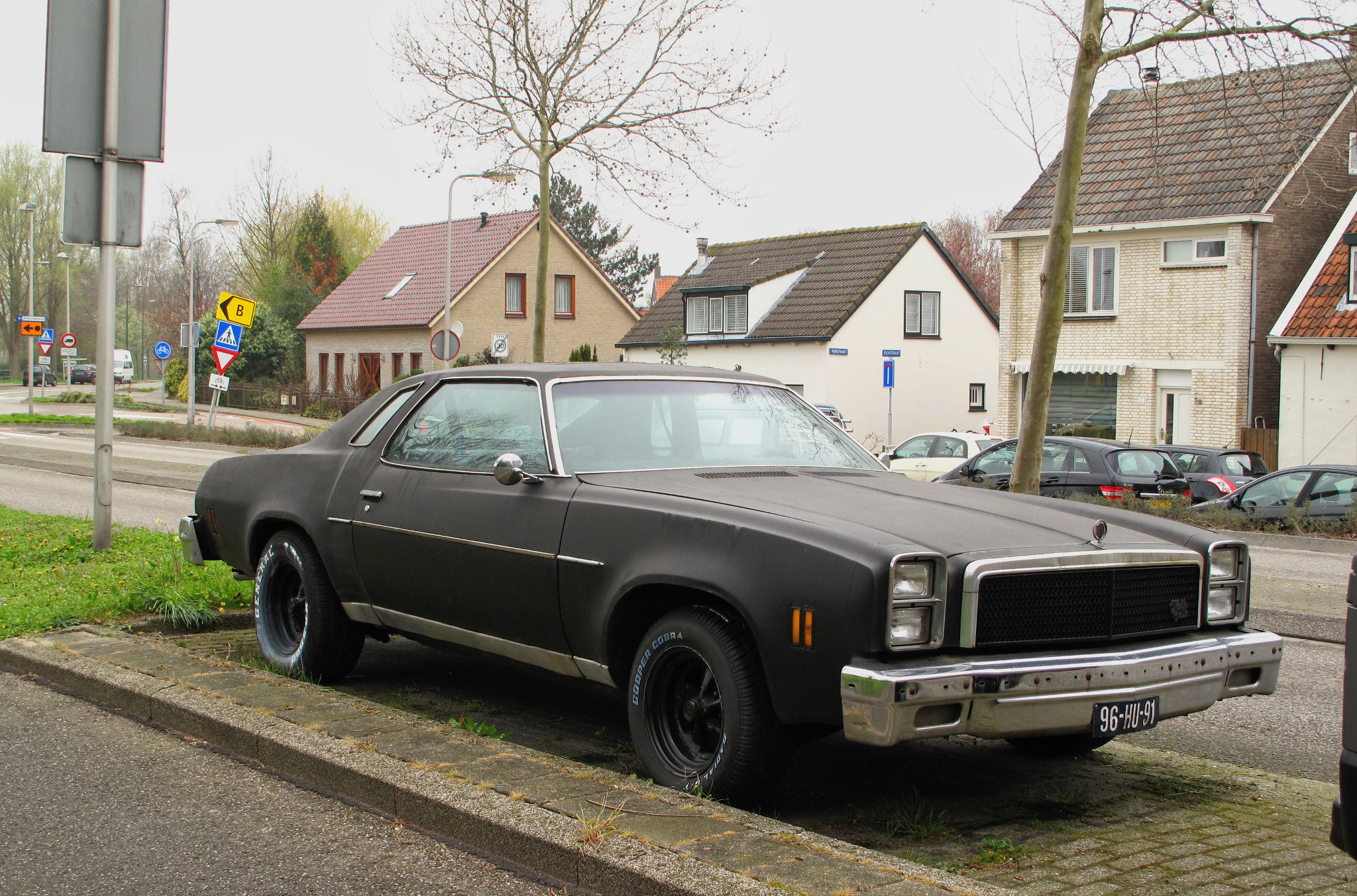
The 1976 Chevelle Malibu Classic remained focused on luxury and comfort, offering a 305 cubic inch V8 engine producing 140 horsepower. The design was less aggressive, with a more conservative appearance. The interior featured more comfort-oriented features, but it lacked the performance and style that enthusiasts desired. This model year is not favored among collectors.
1977 Chevelle Malibu Classic
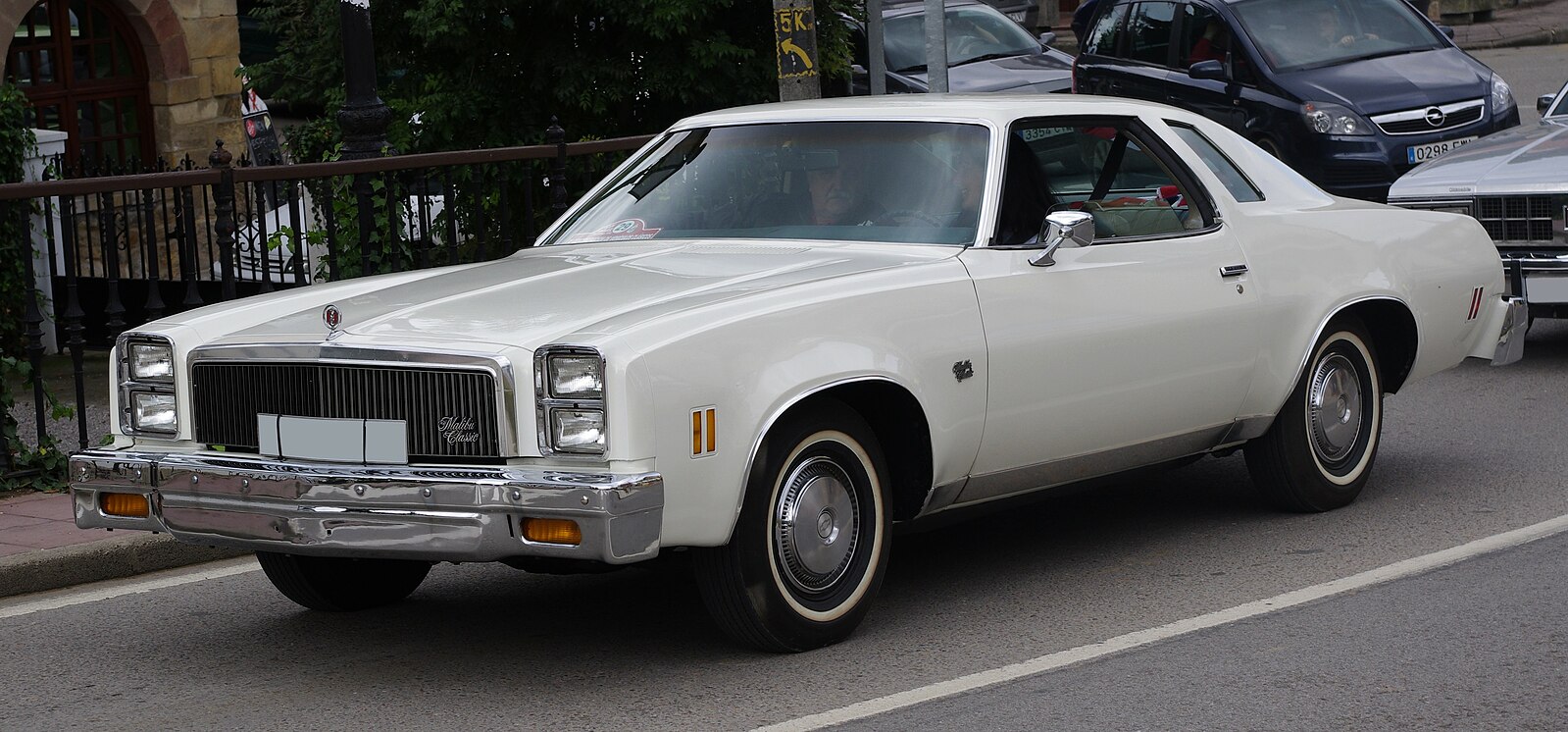
The 1977 Chevelle Malibu Classic continued to emphasize comfort and luxury over performance. It came with a standard 305 cubic inch V8 engine producing 145 horsepower, which was not enough to excite enthusiasts. The design was more conservative, with a focus on interior comfort rather than sporty aesthetics. This model year is often overlooked by those looking for classic Chevelles with more power and visual appeal.
1980 Chevelle Malibu

The 1980 Chevelle Malibu focused on fuel efficiency rather than performance. It offered a standard 229 cubic inch V6 engine producing 110 horsepower, which was underwhelming for a car of its size. The design was more conservative, with a focus on practicality rather than sporty aesthetics. This model year is often overlooked by those looking for classic Chevelles with more power and visual appeal.
1981 Chevelle Malibu
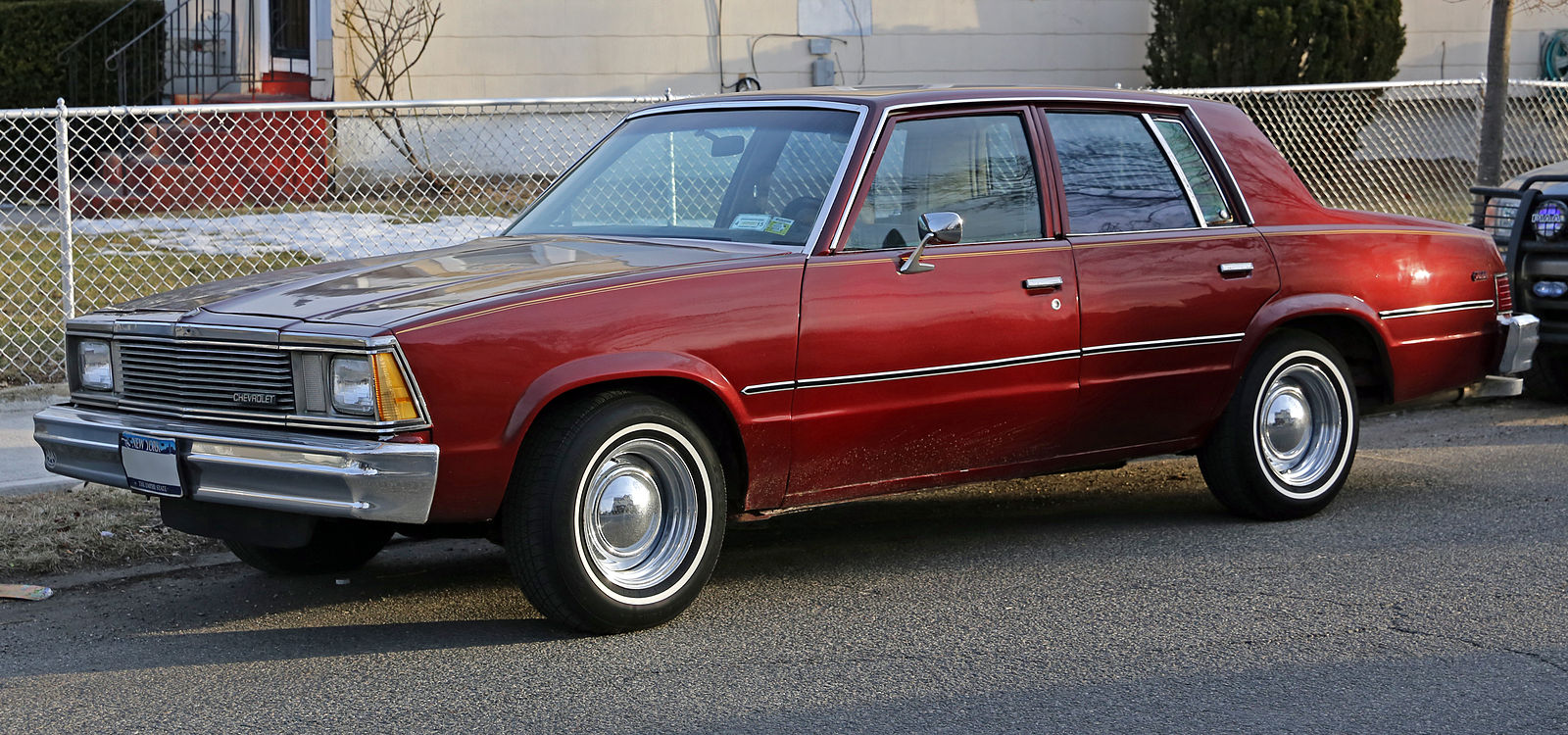
The 1981 Chevelle Malibu continued to prioritize fuel efficiency over performance. It featured a standard 229 cubic inch V6 engine producing 110 horsepower, which was not enough to excite enthusiasts. The design was conservative, with a focus on practicality rather than sporty aesthetics. This model year is not highly regarded by collectors.
1983 Chevelle Malibu
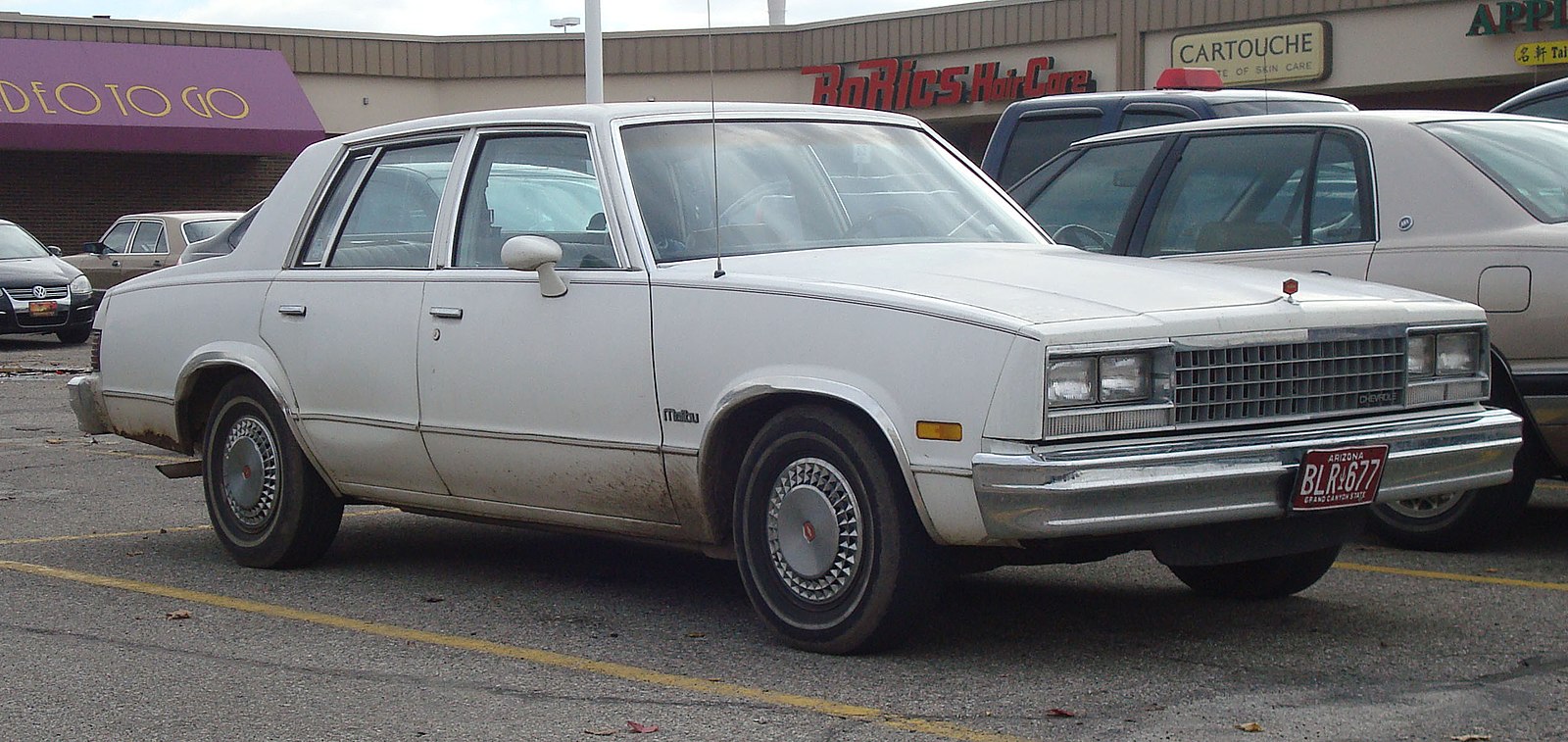
The 1983 Chevelle Malibu continued to emphasize practicality and fuel efficiency over performance. It featured a standard 231 cubic inch V6 engine producing 110 horsepower, which was not enough to excite enthusiasts. The design was conservative, with a focus on practicality rather than sporty aesthetics. This model year is not highly regarded by collectors and is often overshadowed by more powerful and stylish Chevelle models.
1975 Chevelle Laguna Type S-3
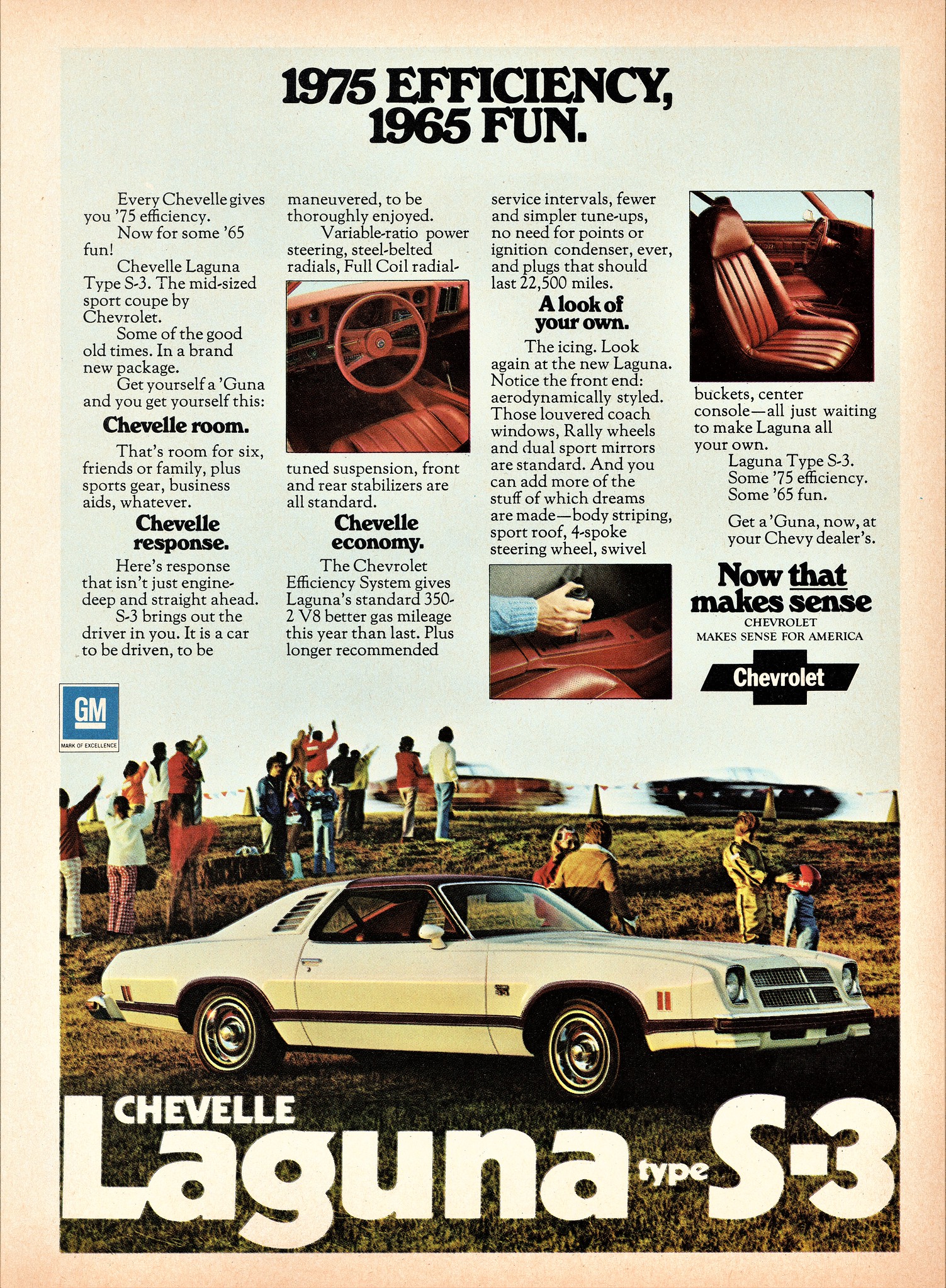
The 1975 Chevelle Laguna Type S-3 was intended to be a performance-oriented model, but it fell short due to stringent emissions regulations of the era. It featured a 350 cubic inch V8 engine producing 145 horsepower, which was underpowered compared to muscle cars from earlier years. The heavy, rubberized front bumper added for crash protection further detracted from its performance and aesthetics. Enthusiasts often overlook this model due to its lackluster performance and dated design.
1978 Chevelle Malibu Classic Landau

The 1978 Chevelle Malibu Classic Landau was aimed at buyers looking for a more luxurious touch, but it failed to impress performance enthusiasts. It came with a standard 231 cubic inch V6 engine producing 110 horsepower, which was far from the powerful engines of the earlier Chevelles. The design included a vinyl roof and additional chrome trim, which did not resonate with those looking for a sporty appearance. Its focus on luxury over performance makes it a less desirable model among collectors.
This article originally appeared in MyCarMakesNoise.
More from MyCarMakesNoise
25 Concept Cars That Paved the Way for Modern Vehicles
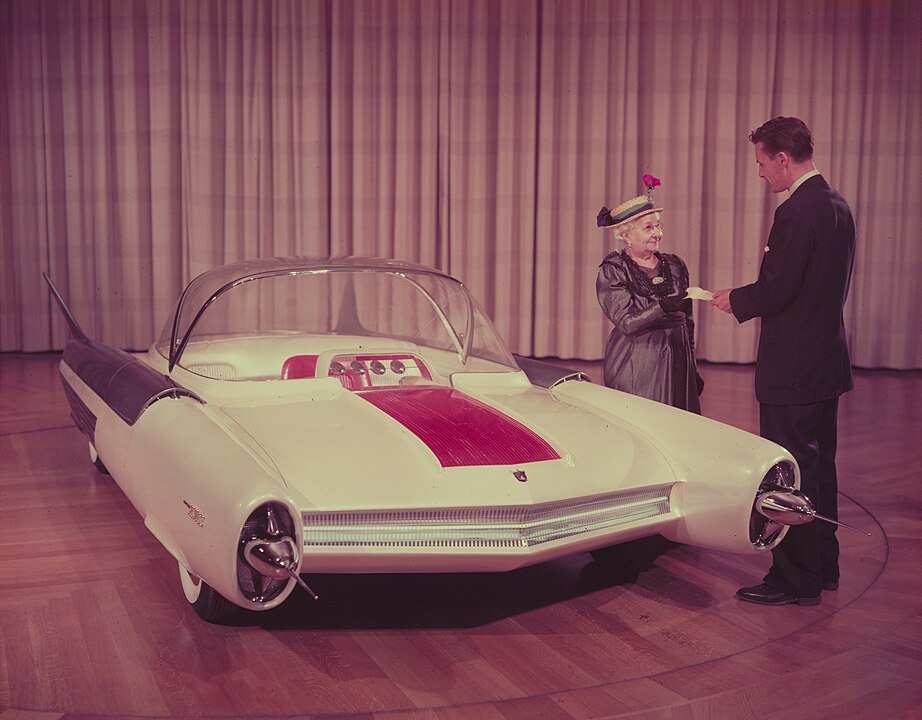
Concept cars are more than just futuristic designs; they’re glimpses into the future of automotive innovation. These 25 concept cars were ahead of their time, introducing groundbreaking features and technologies that have shaped the vehicles we drive today. Read More.
20 Once-Popular Train Models Now Out of Service
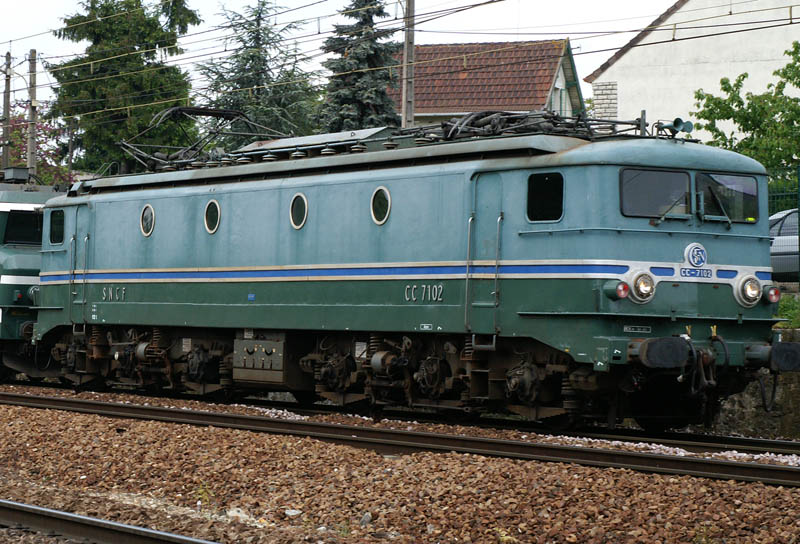
Train models, like all technology, eventually become outdated and are replaced by more advanced systems. Here are some defunct train models that are now obsolete, reflecting the progress and changes in railway technology over the years. Read More.
20 Most Influential Military Jeeps and Their Stories
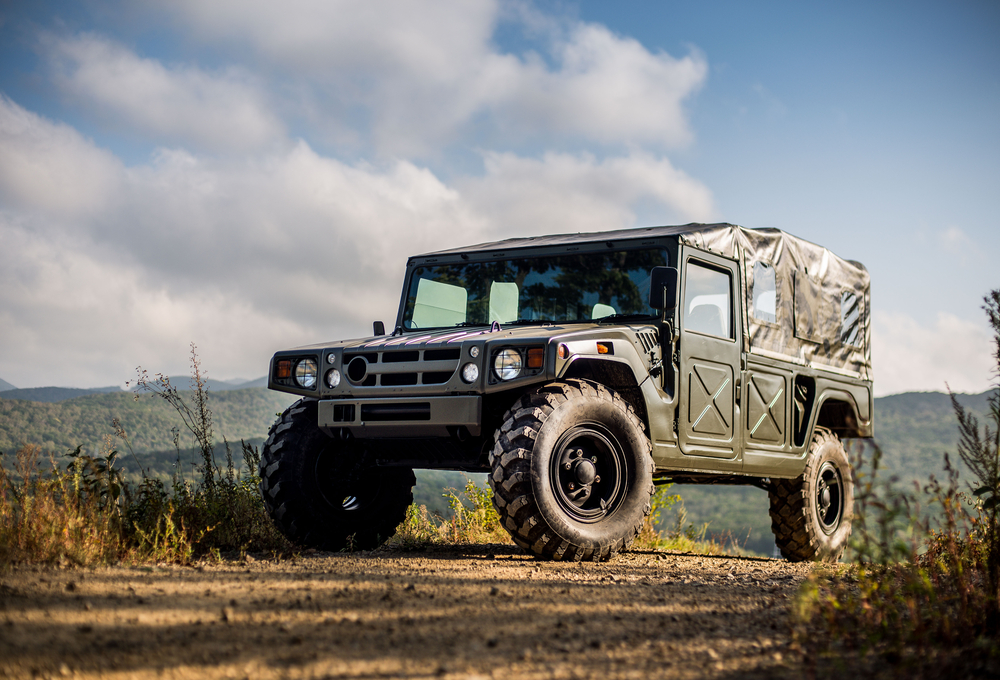
Military Jeeps have played a crucial role in various conflicts, with each model having its unique story and impact. The original Willys MB, developed during World War II, became an iconic symbol of rugged reliability. Read More.

